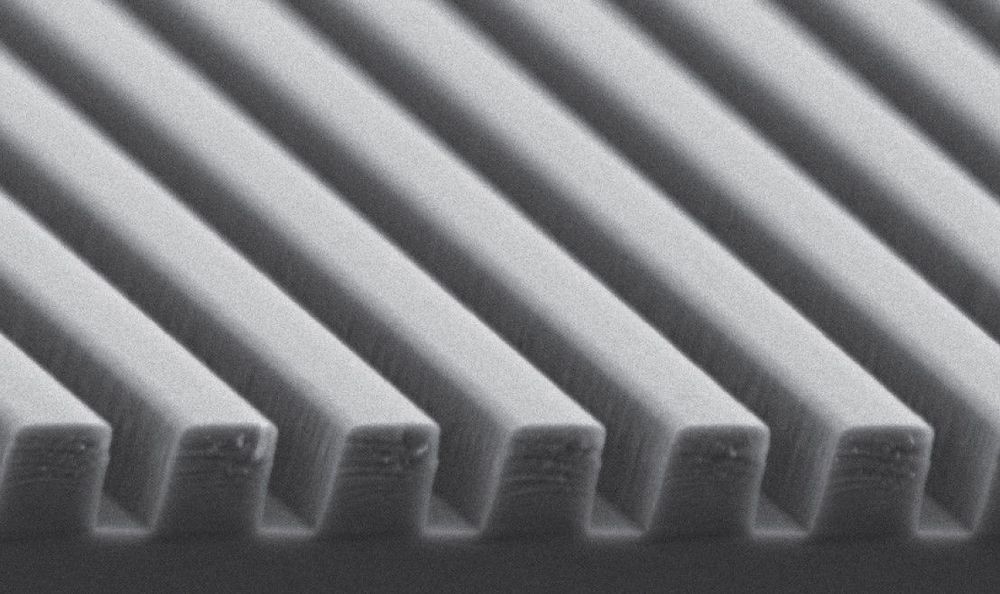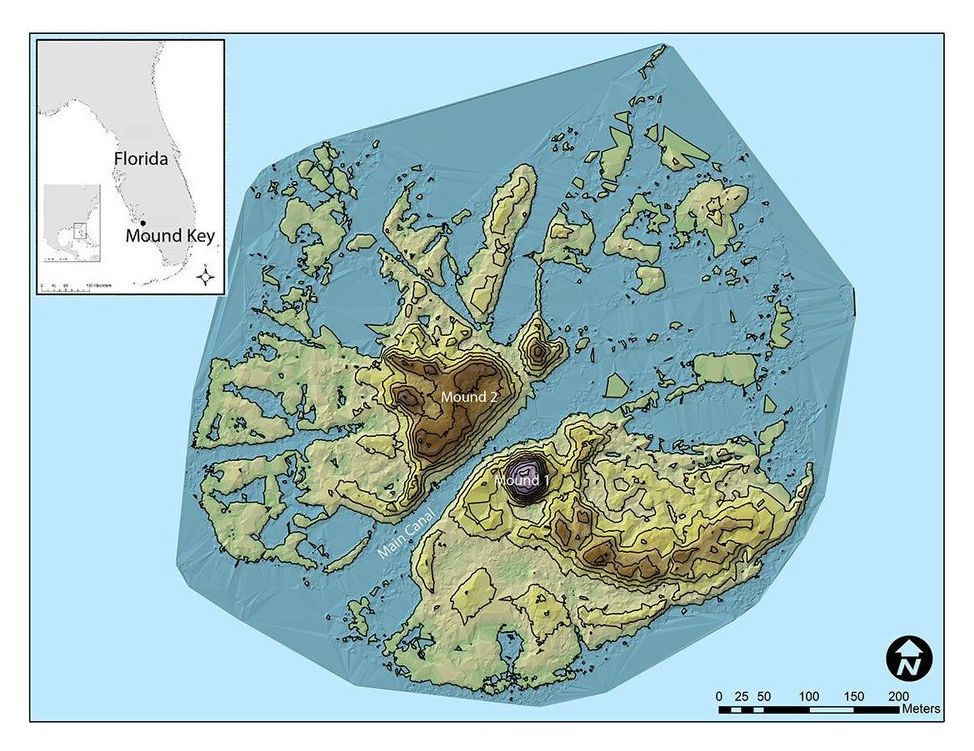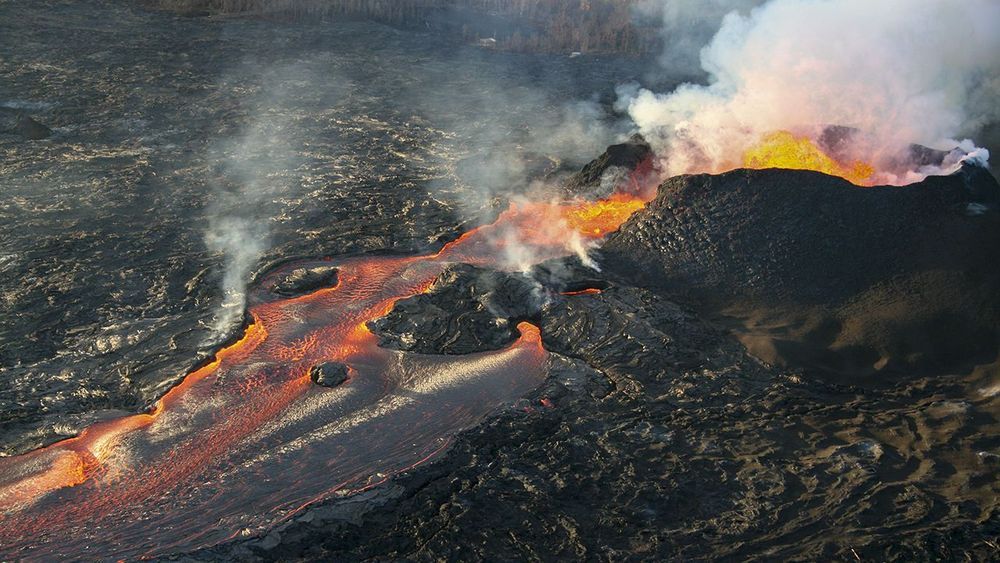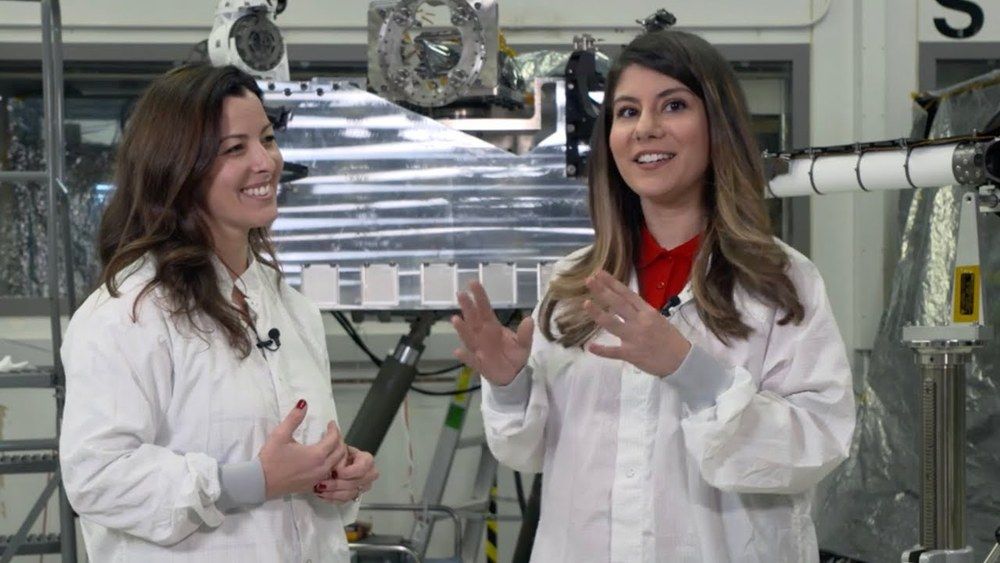A number of technologies are predicated on the assumption that rates of radioactive decay are constant — but what if they aren’t?



TYLER, Texas (KETK) – Multiple news outlets are reporting that North Korean dictator Kim Jong-un has died.
TMZ was the first to report the news, writing, “North Korea’s Supreme Leader/dictator Kim Jong-un has reportedly died, or is on his death bed with no hope for recuperation — according to media outlets in China and Japan.”
Britain’s Express has also reported the news, citing “multiple sources coming out of North Korea and the Far East.”



I want to apologise to all of you that responded that didn’t get a direct response back. It would have been physically impossible to respond to each message. Thanks for taking the time to apply – it’s appreciated.
We’re Looking For…
This job is 100% for real and it’s an important job that includes more than just getting paid to smoke weed. If you think that’s the entire scope of the job, then this might not be for you.

Water spliting got cheaper.
Alkaline anion exchange membrane (AEM) electrolysers to produce hydrogen from water are still at an early stage of development, and their performance is far lower than that of systems based on proton exchange membranes. Here, we report an ammonium-enriched anion exchange ionomer that improves the performance of an AEM electrolyser to levels approaching that of state-of-the-art proton exchange membrane electrolysers. Using rotating-disk electrode experiments, we show that a high pH (13) in the electrode binder is the critical factor for improving the activity of the hydrogen- and oxygen-evolution reactions in AEM electrolysers. Based on this observation, we prepared and tested several quaternized polystyrene electrode binders in an AEM electrolyser. Using the binder with the highest ionic concentration and a NiFe oxygen evolution catalyst, we demonstrated performance of 2.7 A cm−2 at 1.8 V without a corrosive circulating alkaline solution. The limited durability of the AEM electrolyser remains a challenge to be addressed in the future.

But our failure in Iran made us better! We established commands, units, relationships, mission sets, and joint tactics, techniques and procedures that survive to this day.
The lessons learned fixed a multitude of shortcomings and brought joint SOF operations into the 21st century. It also prepared a small cadre of leaders to meet the future challenges of an ever-evolving radical threat stream. It set us up for the next 20 years.
Ultimately, the lessons of Eagle Claw led to the establishment of U.S. Special Operations Command (SOCOM) as a functional combatant command with service-like responsibilities to man, train, and equip special operations forces from every service. SOCOM also received a budget along with authorities to procure SOF unique equipment; and they gained an advocate on Capitol Hill with the establishment of the assistant secretary of defense for special operations and low intensity conflict (ASD-SOLIC).

Florida and Georgia archaeologists have discovered the location of Fort San Antón de Carlos, home of one of the first Jesuit missions in North America. The Spanish fort was built in 1566 in the capital of the Calusa, the most powerful Native American tribe in the region, on present-day Mound Key in the center of Estero Bay on Florida’s Gulf Coast.
Archaeologists and historians have long suspected that the fort, named for the Catholic patron saint of lost things, was located on Mound Key. Researchers have been searching for concrete evidence in the area since 2013.
“Before our work, the only information we had was from Spanish documents, which suggested that the Calusa capital was on Mound Key and that Fort San Antón de Carlos was there, too,” said William Marquardt, curator emeritus of South Florida archaeology and ethnography at the Florida Museum of Natural History. “Archaeologists and historians had visited the site and collected pottery from the surface, but until we found physical evidence of the Calusa king’s house and the fort, we could not be absolutely certain.”


After years of studies, test-firings and a survey of U.S. industry in preparation for launch of a Mars Sample Return mission in 2026, NASA has settled on a solid-fueled design for a miniature rocket with a first-of-its-kind purpose: Launching a payload from Mars for a trip back to Earth.
The small launcher is called a Mars Ascent Vehicle, or MAV. The MAV will play a key role in the Mars Sample Return mission being developed by NASA and the European Space Agency.
The first element of the Mars Sample Return mission is NASA’s Perseverance rover scheduled to depart Earth in mid-July. Perseverance will collect core samples from Martian rocks and store them in tubes for retrieval by a future rover that could launch as soon as 2026.